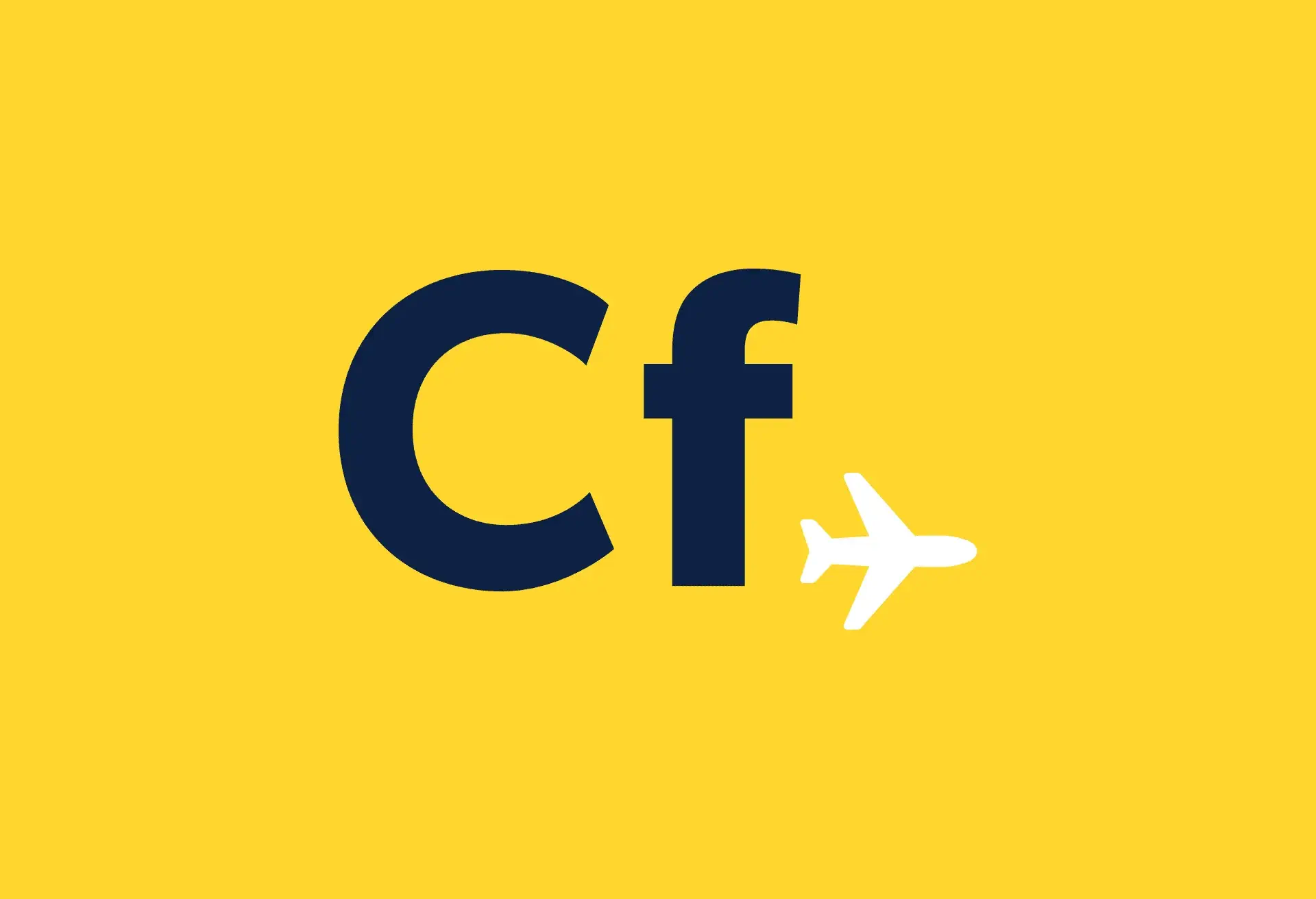Flight has always been a fascination for humankind. In fact, it’s probably the single evolutionary trait that our species most envies.
However, in the grand scheme of things, it’s only recently that we’ve harnessed its power for ourselves.
Anyone who has flown in a plane owes a debt to history’s great aviation pioneers. We’re talking:
• Italian Leonardo da Vinci’s study of aerodynamics in the 15th century.
• Frenchmen Jean-François Pilâtre de Rozier and Marquis d’Arlandes, who made the first-manned free-balloon flight in 1783.
• Brazilian Alberto Santos-Dumont, credited with the first viable airship (dirigible) in the late 19th century.
• American brothers Orville and Wilbur Wright, creators of the world’s first successful airplane and pilots of the first controlled, powered and sustained heavier-than-air human flight.
• Russian Igor Sikorsky, creator of not only the world’s first multi-engine fixed-wing aircraft and the first airliner, but also of the world’s first helicopter (which he also piloted).
Of course, aircraft design has come a long way since those pioneers. Even since Sikorsky’s death in 1972.
In all likelihood, the Wright brothers never conceived of an aircraft as sophisticated as those at the cutting edge today – namely the Boeing 787 Dreamliner, Apache and F22 Raptor.
As incredible as these flying machines are, arguably the greatest feats of aviation have come from those pursuing human-powered flight – that is, aircraft powered by direct human energy.
The first officially authenticated take-off and landing by a human powered aircraft occurred in 1961 when Derek Piggot flew Southampton University’s Man Powered Aircraft (SUMPAC). Of the 40 flights Piggot piloted, the longest was measured at 650 metres.
Today, several high-profile engineering competitions exist to foster development in the field. The aptly named Igor I. Sikorsky Human Powered Helicopter Competition is perhaps the most coveted.
Established in 1980 by the American Helicopter Society, the competition currently boasts a prize purse of $250,000 (pledged by the Sikorsky Aircraft Corporation).
To win, a team must fly their human-powered chopper for at least 60 second at an altitude of three metres (9.8 feet) while remaining in a 10-metre (32.8 feet) square zone.
The fact that the prize remains unclaimed after 33 years is testament to its challenging requirements.
The longest flight to date occurred in August 2012, when the University of Maryland-built Gamera II flew for 65.1 seconds. You can see that flight in the video below. The same contraption also holds an unofficial altitude record of 2.5 metres (8 feet).
The second most prestigious human-powered flight competition is the £100,000 Kremer International Sporting Aircraft Competition. It seeks an airplane that can “operate in normal weather conditions, as encountered in the United Kingdom”.
Written by insider city guide series Hg2 | A Hedonist’s guide to…


